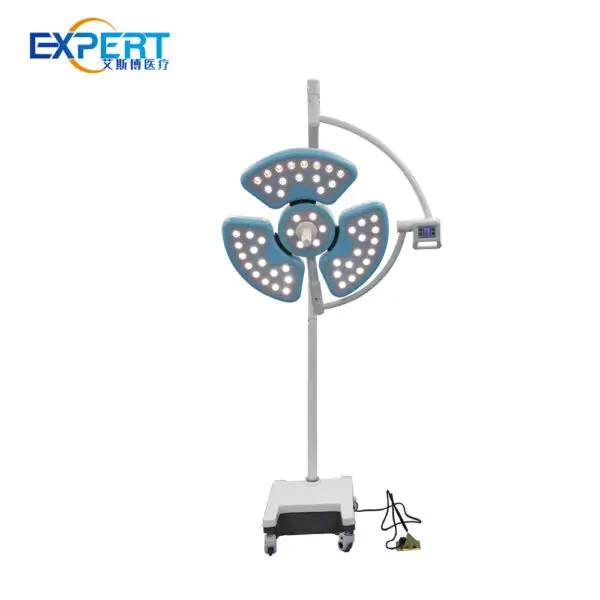Address
304 North Cardinal St.
Dorchester Center, MA 02124
Work Hours
Monday to Friday: 7AM - 7PM
Weekend: 10AM - 5PM
Welcome to My Blog!
Before we dive into the content, I’d love for you to join me on my social media platforms where I share more insights, engage with the community, and post updates. Here’s how you can connect with me:
Facebook:https://www.facebook.com/profile.php?id=100071234835011
LinkedIn:https://www.linkedin.com/company/74943205/admin/dashboard/
YouTube:https://www.youtube.com/@shandongexpertmedicalequip4695
TikTok:https://www.tiktok.com/@expertmedical
Now, let’s get started on our journey together. I hope you find the content here insightful, engaging, and valuable.
In healthcare settings, the role of medical lights cannot be overstated. They are essential tools that facilitate a range of procedures and diagnostics, ensuring that healthcare professionals can deliver the best possible care to their patients. The right lighting can significantly impact the quality of healthcare services, making it crucial for facilities to understand the importance of medical lights.

Medical lights are specialized lighting solutions designed to meet the specific needs of healthcare environments. These lights are used in various applications, including operating rooms, examination rooms, and emergency settings. Their design often includes features that enhance visibility and reduce shadows, which are essential for precision in medical procedures.
There are several types of medical lights, each serving unique purposes:
| Type of Medical Light | Purpose | Key Features |
|---|---|---|
| Surgical Lights | Provide illumination for surgeries | Adjustable intensity, shadow-free |
| Examination Lights | Assist in patient assessments | Flexible positioning, high CRI |
| Task Lighting | Illuminate specific work areas | Adjustable brightness, portable |









One of the primary benefits of medical lights is their ability to enhance visibility. Proper illumination is crucial in healthcare settings to ensure that medical professionals can perform procedures accurately. Poor lighting can lead to mistakes, which could compromise patient safety. Medical lights are designed to provide optimal brightness, making it easier to see details.
The right medical lighting can significantly improve patient safety. In surgical environments, shadow-free lighting allows surgeons to see their instruments and the surgical site clearly. This reduces the risk of errors and enhances the overall safety of the procedure. Furthermore, well-lit examination rooms can help clinicians identify issues more quickly, leading to timely interventions.
Modern medical lights often incorporate energy-efficient technologies, such as LED lighting. These lights not only reduce energy costs but also have a longer lifespan than traditional bulbs. Healthcare facilities can benefit from lower utility bills and decreased maintenance requirements, allowing them to allocate resources to other essential areas.
Medical lights are designed with versatility in mind. They can often be adjusted in terms of intensity and position, making them suitable for various applications. This flexibility is particularly important in dynamic healthcare environments, where the needs of the staff and patients can change rapidly.

When selecting medical lights, healthcare facilities should consider several key factors:
Many healthcare facilities make common mistakes when purchasing medical lights, including:
The importance of medical lights in healthcare settings cannot be overstated. They enhance visibility, improve patient safety, and offer energy efficiency and versatility. By understanding the various types of medical lights and their benefits, healthcare facilities can make informed decisions that positively impact patient care. Investing in the right medical lighting solutions is an essential step toward ensuring a safe and effective healthcare environment.
The main types of medical lights include surgical lights, examination lights, and task lighting. Each type serves a unique purpose in healthcare settings.
Medical lights improve patient safety by providing optimal visibility during procedures and examinations, reducing the risk of errors.
When choosing medical lights, consider brightness, color temperature, ease of use, and maintenance requirements.
Yes, many modern medical lights use energy-efficient technologies, such as LED lighting, which can reduce energy costs and maintenance needs.
Consult industry regulations and guidelines when purchasing medical lights to ensure compliance with safety and performance standards.
